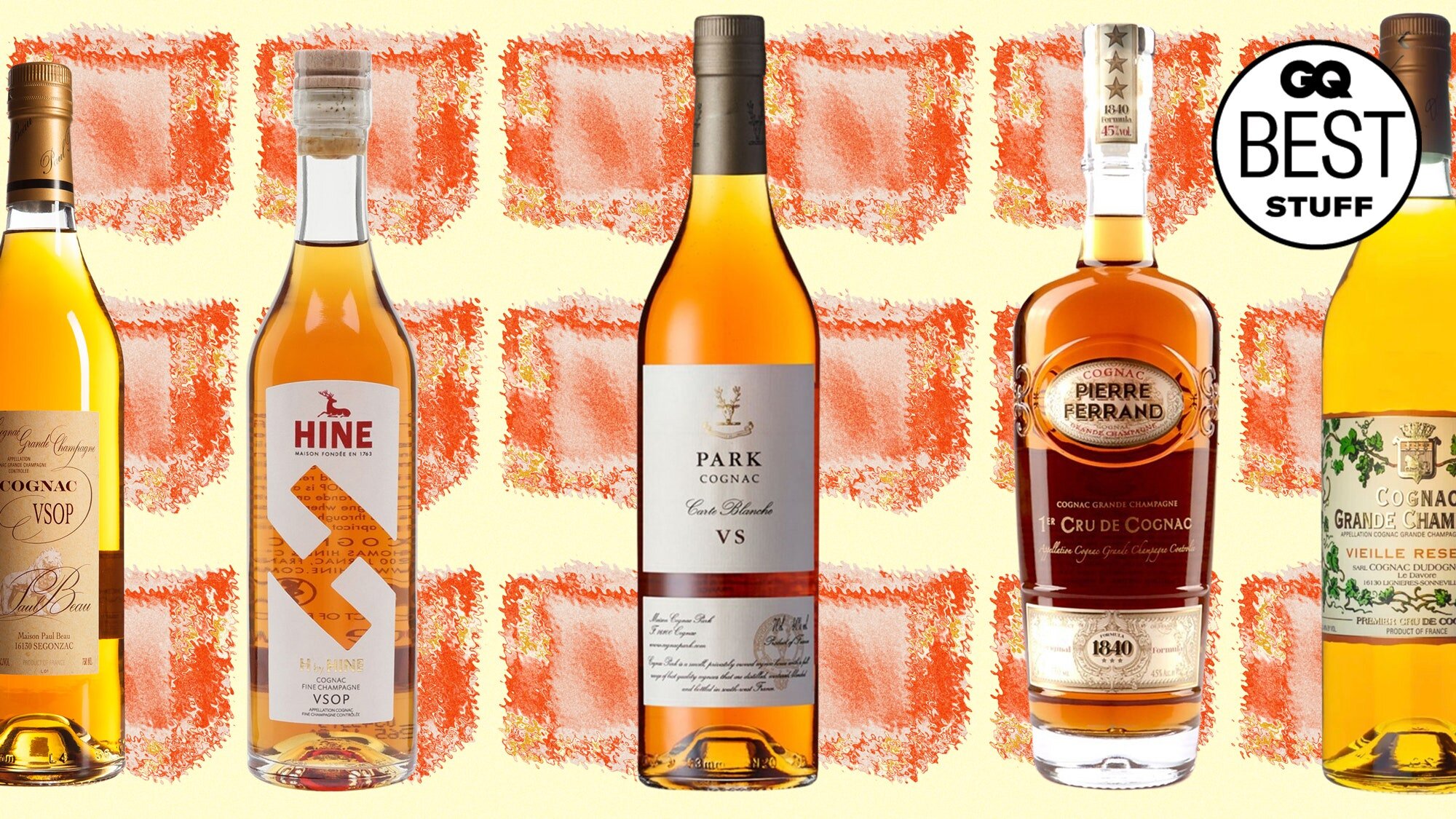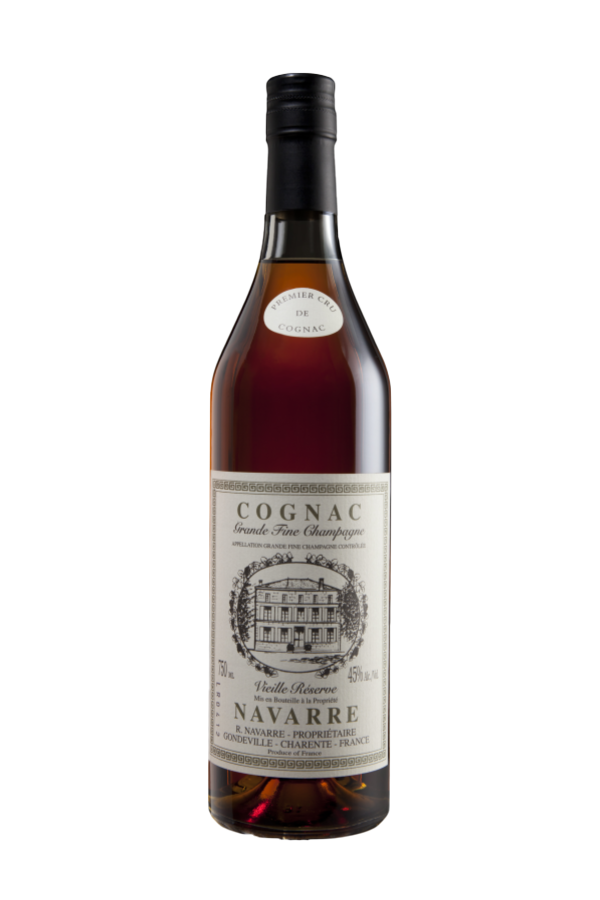We asked 10 of the world's best bartenders to submit their finest recipe for the pre-batched Martini—then blind-tasted them all to find the best of the best.
It’s been nearly a year since PUNCH conducted a new edition of the long-running “ultimate” blind-tasting series. In the age of COVID-19, such close gatherings of drink judges, sipping from successive versions of the same cocktail, all prepped by a guest bartender, were strictly a non-starter.
So, with COVID Nation still very much a thing, what drink could safely bring the series back to life? The prebatched, prechilled Martini, naturally. The prefab format of the classic—which was an established trend and served in many bars before the pandemic arrived—is perfectly suited to this new at-home era.
On a recent Monday, I was joined by PUNCH editors Talia Baiocchi and Chloe Frechette and bar owners Meaghan Dorman (Raines Law Room, Dear Irving) and St. John Frizell (Fort Defiance, Gage & Tollner) via Zoom to taste through 10 batched Martinis submitted by bartenders from the United States and England. The drinks had already arrived via contactless delivery. Judges were instructed to keep the mini-bottles in the freezer until tasting time.
Though batched cocktails can be controversial—many people are attached to the ritual of a bartender making their drink on the spot, particularly when it comes to the Martini—the panel convened with no prejudices. “We’re longtime fans of freezer Martinis,” said Frechette, who added that she thought batching was the way to prepare spirit-forward recipes during quarantine. Dorman agreed that premade drinks are an ideal fit for the current times, when most folks are entertaining at home for themselves and maybe a partner or roommate. “I think you should treat yourself right now and this is the way to do it,” she said.
This particular tasting brought to the table a few new variables that wouldn’t apply in a standard sampling of Martinis. Dilution had to be addressed anew. Since the cocktails are designed to simply be pulled from the freezer and poured, they weren’t receiving their dose of softening water through the usual spin in a mixing glass filled with ice. Instead, water was added directly to the batch and had to be precisely portioned out. Too much or too little could prove disastrous. One Martini in the running didn’t make the cut because the judges thought it too strong—i.e., lacked sufficient H2O. Another suffered from a surplus of added water, rendering it weak and, well, watery.
Temperature, too, was an important factor. Martinis are expected to be cold, naturally, but these freezer-born numbers were particularly icy—a consideration the bartenders had to factor in when choosing their ingredients and honing their ratios. “Martinis in this format dull the aroma and the alcohol comes forward,” explained Baiocchi.
That issue notwithstanding, the panel was surprised by the variety of character they encountered from one glass to the next. And, as would be expected in any sampling of signature Martinis, there were some odd flights of fancy. One recipe called for both sherry and peated Scotch; another included a hefty dose of absinthe. The judges didn’t necessarily dislike either drink; they simply didn’t read as Martinis.
Finding favor was a unique specimen submitted by Orlando Franklin McCray of Brooklyn’s Nightmoves, who put together high-proof, saffron-tinged Old Raj gin, La Quintinye Extra Dry vermouth and orange bitters. The judges liked the concentration of bold flavors but thought the recipe would have benefited from higher dilution.
With the vast changes in bar regulations brought on by COVID, Frizell said that he both hopes and expects to see more prebatched cocktails on the market when the pandemic recedes and bars fully reopen.
“My hat is off to the New York State Liquor Authority for the first time in my life, for freeing up the rules so quickly,” he said. “We’re able to do so many things now that we would have lost our license for before.”
For the time being, however, he’s doing what most every other cocktail lover has been doing for the past year: shaking up his own at home. “I’ve been drinking my own Martini almost every day,” said Frizell.
https://punchdrink.com/articles/ultimate-best-freezer-frozen-pre-batched-martini-recipe/






